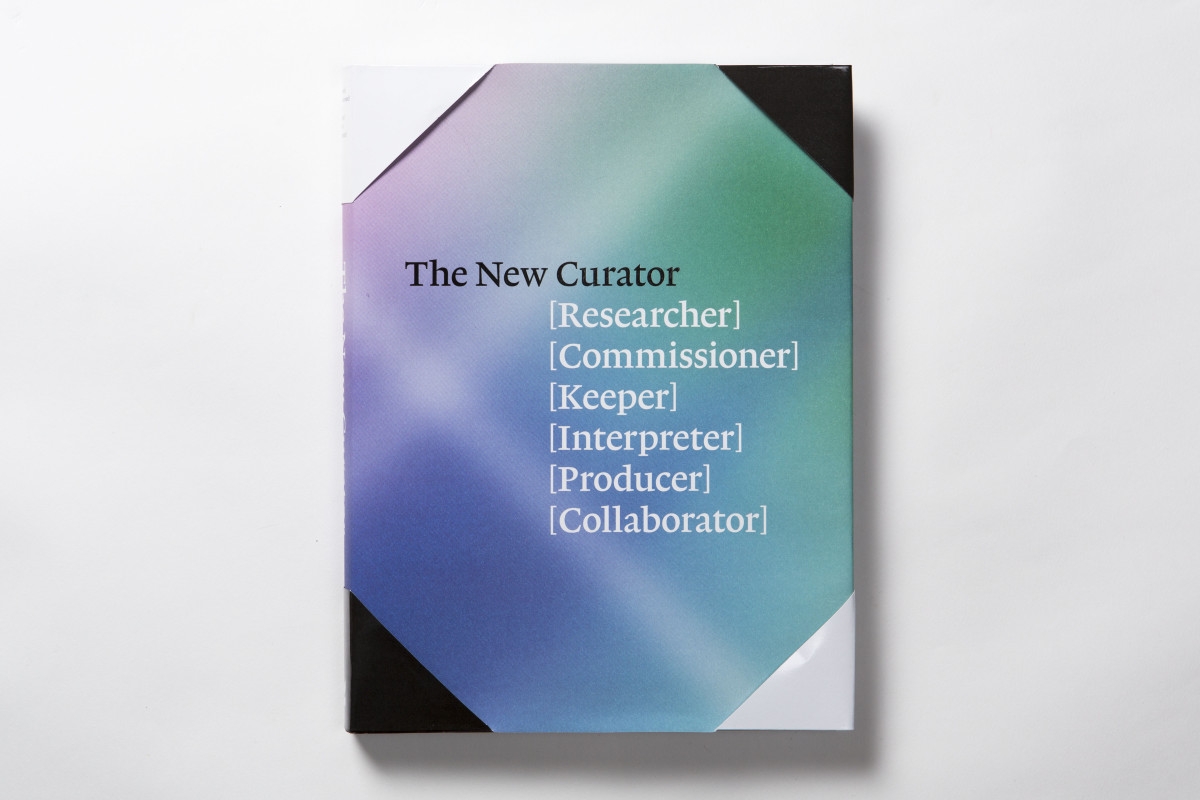Read the introduction to this book and you’ll probably end up chucking it in the bin. And not just because it’s symptomatic of contemporary art’s obsession with novelty; more because it expresses curating’s desperate desire for acknowledgement as an essential, specialist and discreet profession. Which always makes these books seem suspicious. Right from the off you’re told that a contemporary artworld is almost impossible to imagine without curators. People imagine it all the time. That Obrist, Biesenbach and Enwezor (none of whom are in this book – presumably because they are old curators) are household names. My mum would disagree. That new curating was invented by ‘legendary figures’. Like King Arthur? And, for the final kiss-off: ‘Let this book call the attention of all self-proclaimed curators to the methodologies and complexities of curatorial practice’. Let’s start a guild!
But stay your hand. This book is for the shelf not the bin
But stay your hand. This book is for the shelf not the bin. The interviews with 26 curators that are gathered in this volume make for a surprisingly fascinating read; not least because of the varied methodologies, backgrounds and even notions about what a curator does (Sofía Hernández Chong Cuy: ‘The word “urgency” makes me uneasy. I do not consider my or anyone’s curatorial practice akin to the work of a paramedic’). Among the interviewees are artists – Adam Broomberg and Oliver Chanarin; gallerists – Chang Tsong-Zung; theorists – Chus Martínez; agencies – Artangel; as well as curators of biennials or festivals around the world. The interviews themselves provide an insightful mix of the personal (how did the interviewee become a curator) and the professional and give the impression that curating is a refreshingly diverse and location-specific business.
That introduction aside, there’s only one other gripe. While the editors of the book boast that they have gathered together curators ‘from the four corners of the globe’, in reality it is shamelessly Eurocentric. Almost every time a curator not from Europe or the Americas is introduced we are told something about their connection to the West: that Chang introduced many of China’s leading contemporary artists to Europe; that India’s Clark House Initiative has an ongoing collaboration with the Kadist Art Foundation in Paris; that the artists at the heart of the 2013 Ghetto Biennale in Haiti were later featured in the Venice Biennale; and that the Echigo-Tsumari Art Triennale in Japan collaborates with Grizedale Arts in England’s Lake District. Perhaps that’s something that can be revised when the new new curators come around.
This article first appeared in the Summer 2016 issue of ArtReview Asia.
